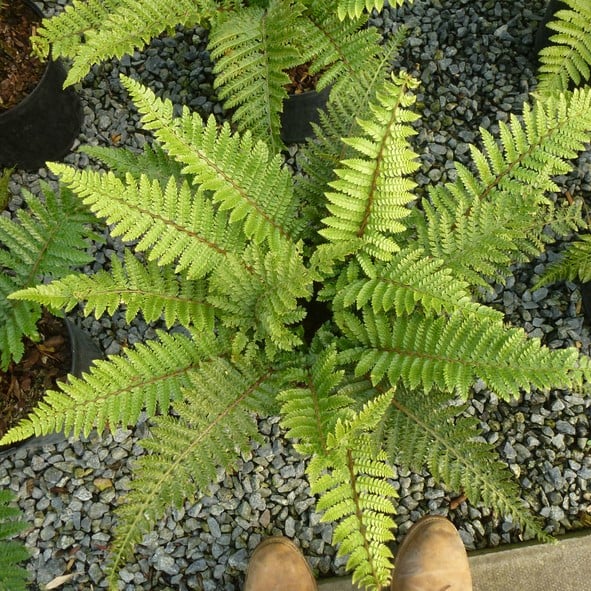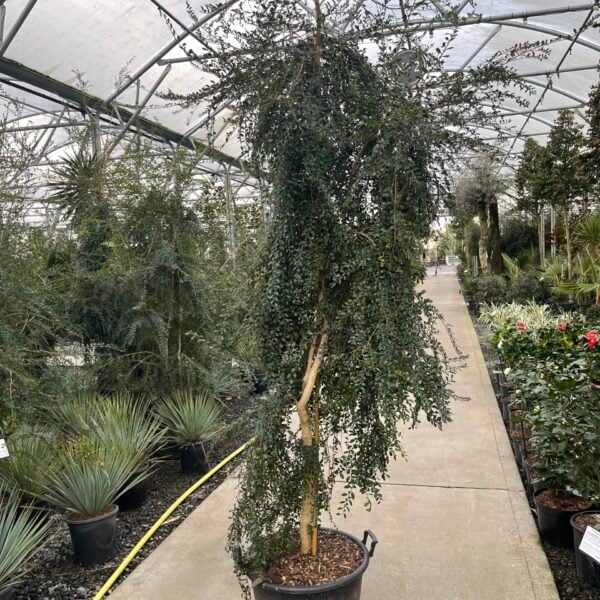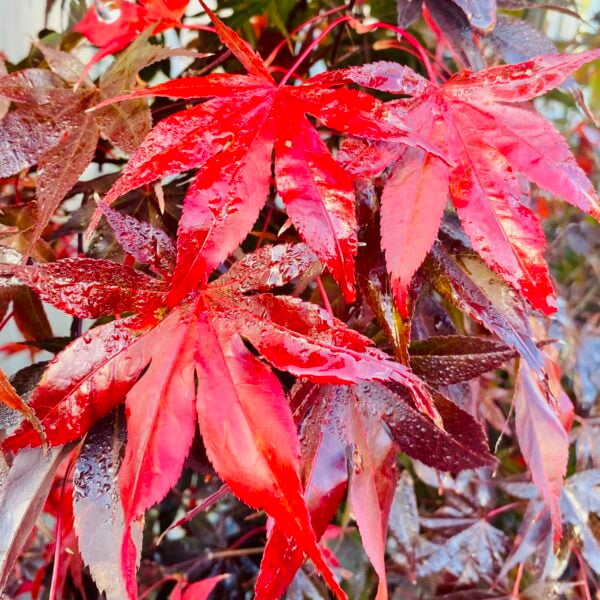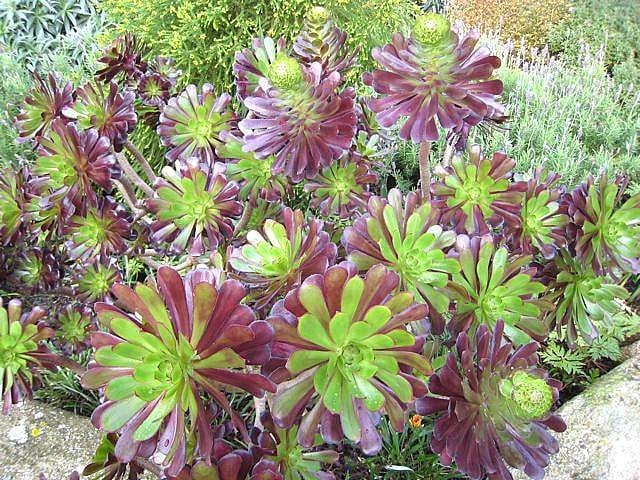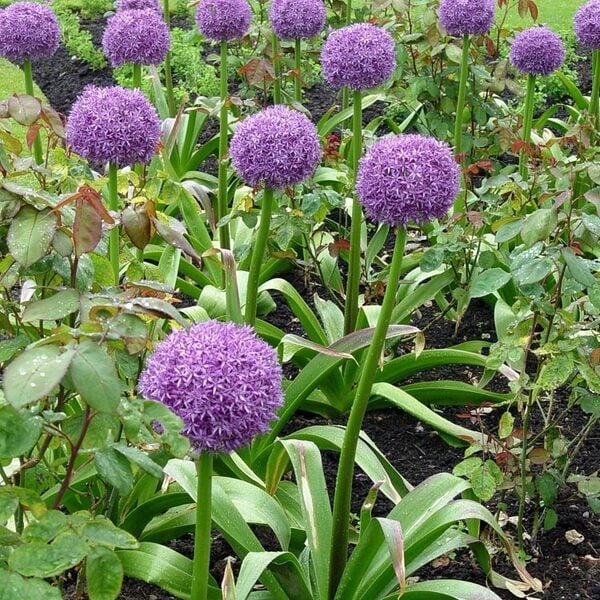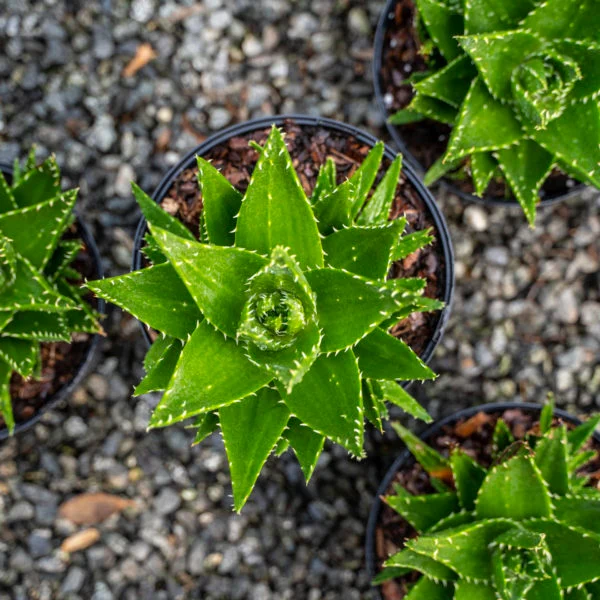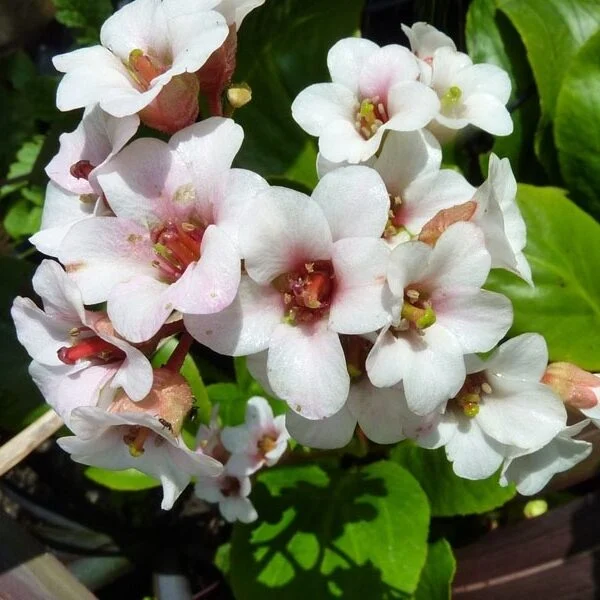Polystichum polyblepharum (Poly Poly)
Evergreen fern with symmetrical rosettes of remarkably shiny, dark green fronds about 2ft across or more. A very accommodating plant. Please contact us for other stock availability and sizes.

Hardiness level Amber
Evergreen, pretty, slightly shiny (unusual for a fern) and more evergreen than most 'evergreen' ferns. The evergreen-ness of a fern really depends on the harshness of the winter and most evergreen ferns really deserve to be cut down in early March to reappear in April as fresh as a daisy. These form nice neat rosettes - about 1.5 ft x 1.5 ft.
The Latin name's a hell of a mouthfull. We just call them Poly Pollies.
If you have a new house and a new garden (especially in an area where clay predominates), the chances are that your garden has been 're-profiled' by the developers : clay compacted by heavy machinery, then covered in a few inches of topsoil. The process of turning this into a garden will be gradual and largely accomplished by your addition of organic mulch, the bacteria that breakdown the mulch and the worms that assimilate the broken down mulch into the ground. This is a part of the process of creating soil. If this is the starting point, there are lots of things that will establish and begin the process but unfortunately, ferns are not one of them. Either grow them in a pot or wait for a few years. Ferns are fuss pots and will only grow in good friable, well drained soil with lots of organic content.
Propagated by us from spores
Additional Information |
|
|---|---|
| Soil Type | |
| Plant Type | |
| Continent of Origin | |
| Specialist Plants | |
| Features | |
| Situation | Coastal, Mild City Gardens, Plants for Pots, Sheltered Garden |
| Hardiness | |




